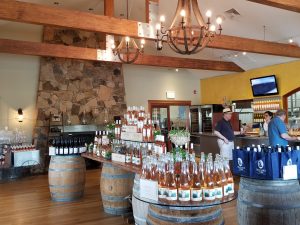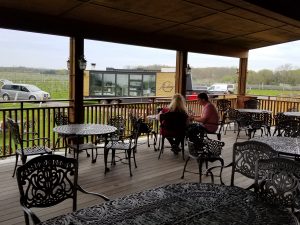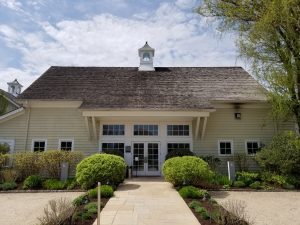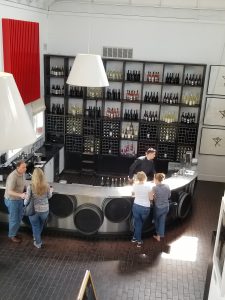When you go into an American winery’s tasting room, in Long Island, California or elsewhere, you are likely to be offered tastes of a significant number of wines. Some will be on a less expensive list of the winery’s most popular wines and others may be on the “reserve” list, which they consider to be their best wines.
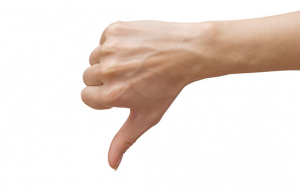 A few visitors may have such a broad appreciation for wine (or maybe a lack of appreciation) that they like everything they try. Most other people will like some wines and not others. And unfortunately, there may be some tasting rooms where some people don’t like anything. We’re sorry to say that in the past there were some wineries in Long Island that fell into the latter category, but in recent tastings we have found at least a few praiseworthy wines at all the wineries we visited. Still, there were none where we liked everything. With scant exception, the same can be said of almost every winery we have ever visited in the United States.
A few visitors may have such a broad appreciation for wine (or maybe a lack of appreciation) that they like everything they try. Most other people will like some wines and not others. And unfortunately, there may be some tasting rooms where some people don’t like anything. We’re sorry to say that in the past there were some wineries in Long Island that fell into the latter category, but in recent tastings we have found at least a few praiseworthy wines at all the wineries we visited. Still, there were none where we liked everything. With scant exception, the same can be said of almost every winery we have ever visited in the United States.
This is not necessarily a bad thing. No winemaker can please everyone and, we suspect, few even try. They aim to please themselves and we, the consumers, can either go along with them or buy someone else’s wine. When we are standing at the bar in a tasting room, we ought to use wines we don’t like as learning experiences.
- Be polite. Remember what your mother told you and if you have nothing nice to say, say nothing at all. Pour out your wine and maybe ask the person you’re with what they thought. Move on.
- Is the wine okay? Maybe the wine has just gone bad. On more than one occasion, we’ve been served corked wine in a tasting room, especially on busy days when the server may have been too rushed to check the bottle. The wineries are grateful if you point out that one of their purveyors is selling them tainted corks.
- Ask yourself why you don’t like it. Maybe the wine is just not made in a style you like. For instance, we prefer deeper, rich Pinot Noir’s than the thin, acid ones that are popular in some regions. That doesn’t make us right, but it does validate the consistency of our taste. The point is to identify what it is about a wine you don’t like, so you can avoid wines like it in the future. It can be even more instructive if one person likes a wine and the other doesn’t. That enables both to pinpoint the offending (or positive) characteristics of the wine.
- Try to remember other wines from that winery. They might just have had a bad year. For example, there is a world-renowned winemaker in Napa Valley whose 2011 offerings just didn’t make it in our opinion. It was a tough harvest across the region, so this winery wasn’t able to overcome the reduced quality of their grapes. They still make great wine in other years.
- And if you don’t like anything…Not everyone who grows or buys grapes knows what to do with them. Because you are a wise and discerning wine taster, this winery must simply be sub-par. Oh, wait, there’s somebody down the bar buying a case. Well, there’s no accounting for taste, yours or theirs.
At the very least, figuring out what you don’t like will save you time and money in a wine store when you get home. Unfortunately, it may also cut you off from some good wines that might come with another harvest. Still, one of the reasons to go wine tasting is to figure out what you like…and what you don’t.
